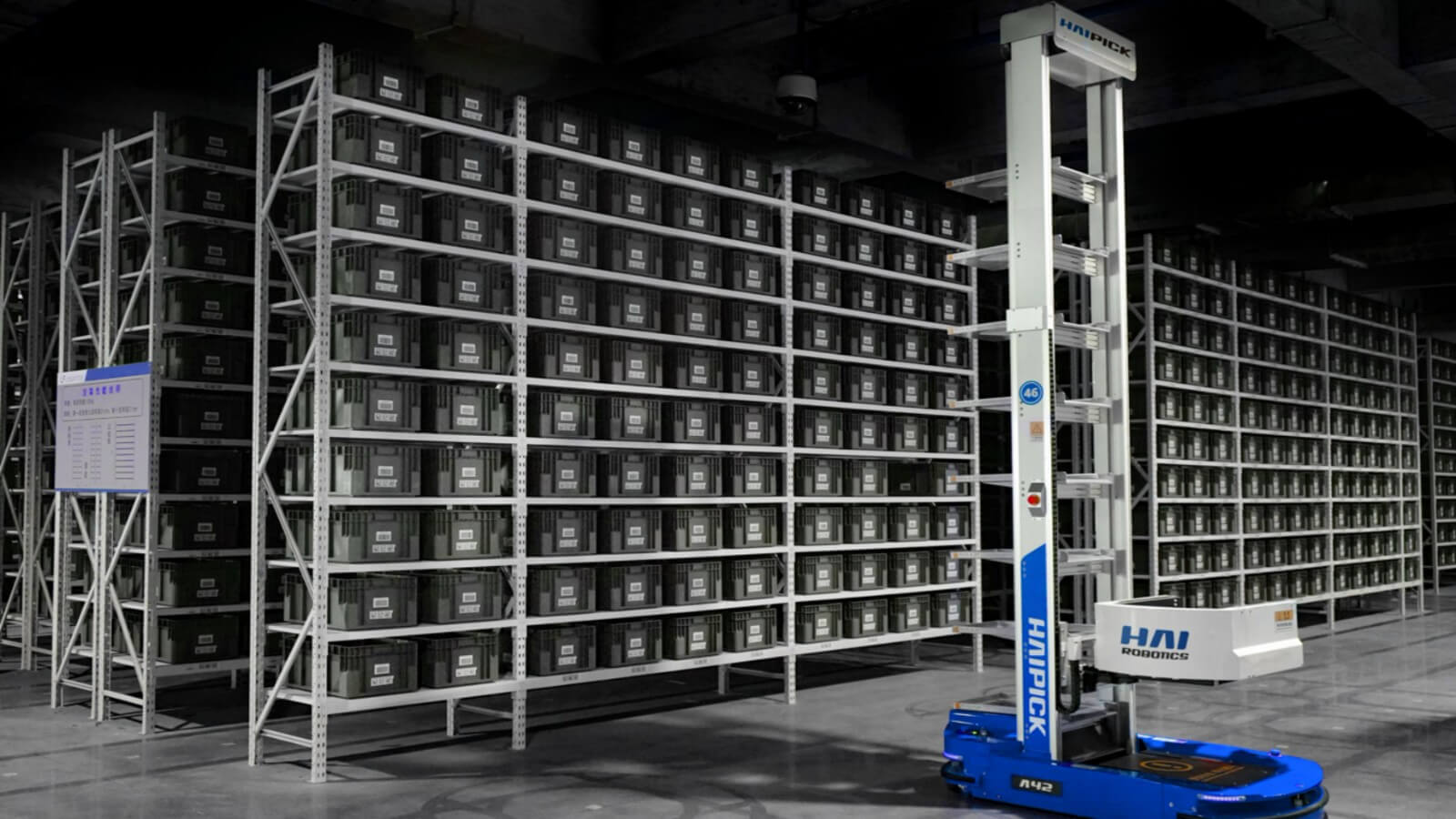How to Create an Efficient Warehouse Returns Process?

Product description
Hai Robotics is committed to helping customers achieve an efficient return process in warehouse. By using our ACR system to optimize the picking, sorting, and storage processes of returns, you can significantly maximize efficiency and obtain financial benefits. Upgrade Now!
Did you know that at least 20% - 30% of all products ordered online are returned compared to almost 9% in brick-and-mortar stores? The overall rate is even higher during the holiday season. Is your warehouse prepared to deal efficiently with returns? What can you do to optimize your current warehouse returns process? As total retail sales continue to accelerate from sustained consumer demand, it is no surprise that the overall rate of returns has also increased. Returns not only result in more labor costs, but also in higher stock costs due to slower stock turnover.
automated return process
Reasons for return
According to Invesp, some of the top reasons why consumers return products include damaged products, the product looking different from pictures, receiving the wrong item, and other reasons.
top categories for merchandise returnedUnsurprisingly, the number of returns peaks during the holiday season. According to Shopify a quarter of holiday shoppers buy items with the intention of returning them at a later date. Whether it’s gifts a friend doesn’t like or trying to reclaim some money they spent in a holiday-inspired splurge, it’s why ecommerce brands receive the most returns throughout December, January, and February.
when do you expect to receive the majority of returns
(Source: shopify.com)
What happens in a warehouse when items are returned?
Returns are very tricky because they are irregular inbound items, and they need a quality check before being put away into storage. Typically there are two scenarios. The first one is the returned items from stores, which are sent back to the warehouse at the end of the quarter or even weekly or daily. In the second scenario, we have the items returned from customers directly, items purchased online mainly, representing daily returns. Now the warehouse receives these items, and they do quality control.
The more diverse your SKUs, the more complex returns are. SKUs are stored in different categories, multi-level sorting on shelves, and in different warehouse zones. Can you imagine the management complexity and labor intensity for all this to be done manually?
jnby return process automation
How ACR System is changing the warehouse returns process
An efficient warehouse returns process is important because it maintains an efficient flow of goods. The process reduces costs, creates value, decreases risk, and completes the product life cycle.
How can warehouses and distribution centers deal with returns, keeping costs low and operations effective?
By using Autonomous Case-handling Robot (ACR) system to optimize the picking, sorting, and storage processes of returns, you can significantly maximize efficiency and obtain financial benefits. Faster processes mean a higher turnover of returned items. This reduces the time a product stays on a shelf, maximizes picking and storage, and reduces picking errors.
bosideng apparel warehouse automation process
Case study analysis
acr system for returnsOne of our customers, a leading designer brand based in China, handles both B2B and B2C returns in its warehouse. Its warehouse with a total area of 40,000 m², consisting of 5 floors, with HAI ROBOTICS solution (ACR system) implemented on the 4th floor.
Previous to automation, the company handled returns manually, including putaway, picking, and sorting processes. It is important to note that 30 FTEs were needed for putaway and 30 FTEs for picking in the previous manual operation.

